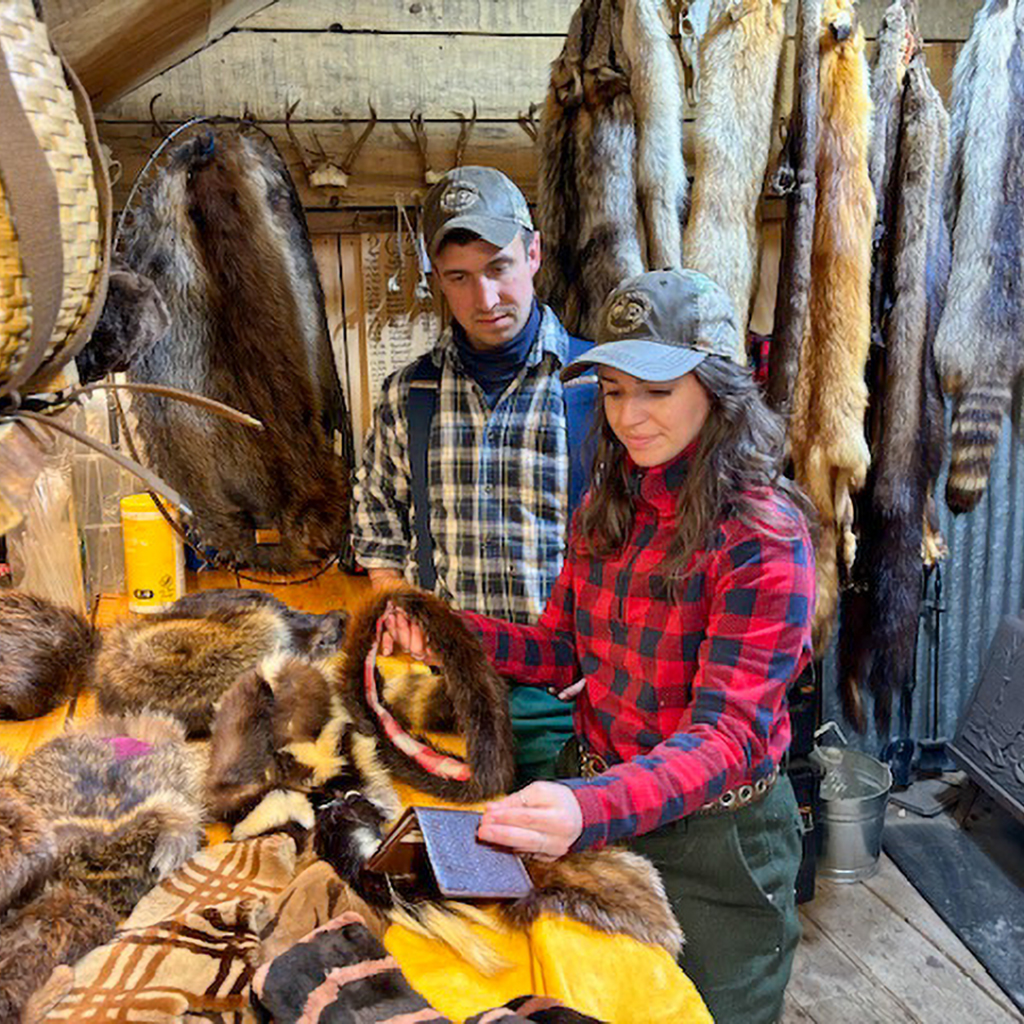Research
Research in fish and wildlife studies expand our baseline knowledge about conservation challenges, new threats, and the effectiveness of stewardship efforts. These grants support state fish and wildlife agencies and other conservation partners as they improve and investigate technology, research questions, and services to forward conservation. This work enable the hiring of specialized staff, the purchase of equipment, and maintains facilities crucial for wildlife research, management, health and habitat management. Through grant funding, the Office of Conservation Investment supports comprehensive fish and wildlife health research across all states, addressing disease outbreaks, habitat and population changes. Our work foster collaboration between government agencies, NGO’s and industry partners. We utilize new technologies in conservation efforts to sustain fish and wildlife health and habitat for the benefit of people.

There are 138 grants monitoring wildlife diseases that are funded through the Pittman-Robertson Act

There are 53 grants monitoring fish diseases that are funded through the Dingell-Johnson Act

Sportfishing in America: An Economic Force for Conservation
The American Sportfishing Association (ASA) has released new data underscoring the growing economic influence of the sportfishing industry in America. This report shows that industry contributions continue to grow, now generating more than $230.5 billion annually for the U.S. economy and supporting 1.1 million jobs nationwide. Additionally, the industry contributes $70 billion in salaries and wages, reinforcing its role as a vital economic force.
Wildlife Health Labs
Improving the health of fisheries and wildlife
Wildlife and Sport Fish Restoration funds are protecting the health of our nation’s fish and wildlife, by funding over 35 laboratories conducting disease surveillance and response.
In The News

Angling, Research

Management, Research

Management, Research

Education, Management, R3, Research, Trapping

Management, Research

Research
